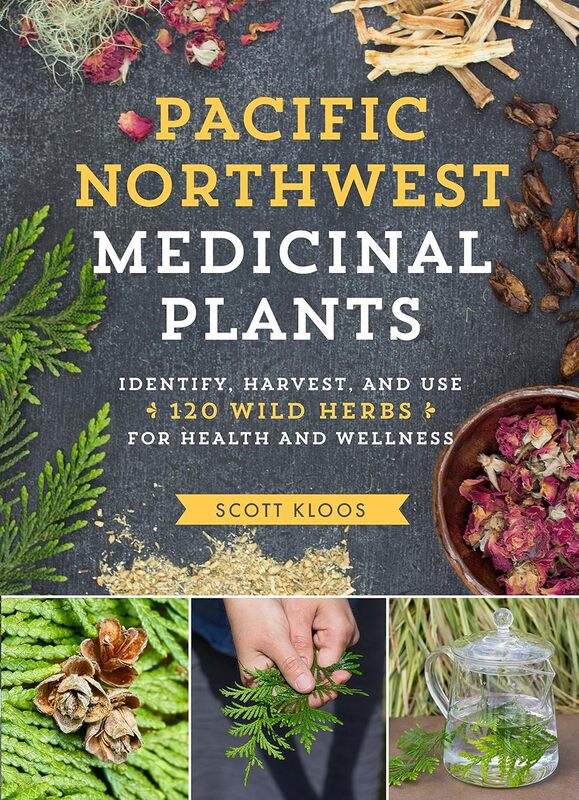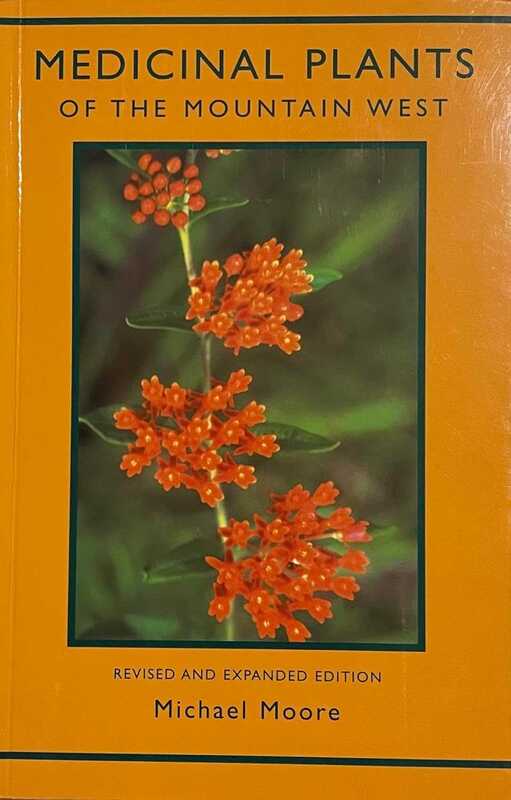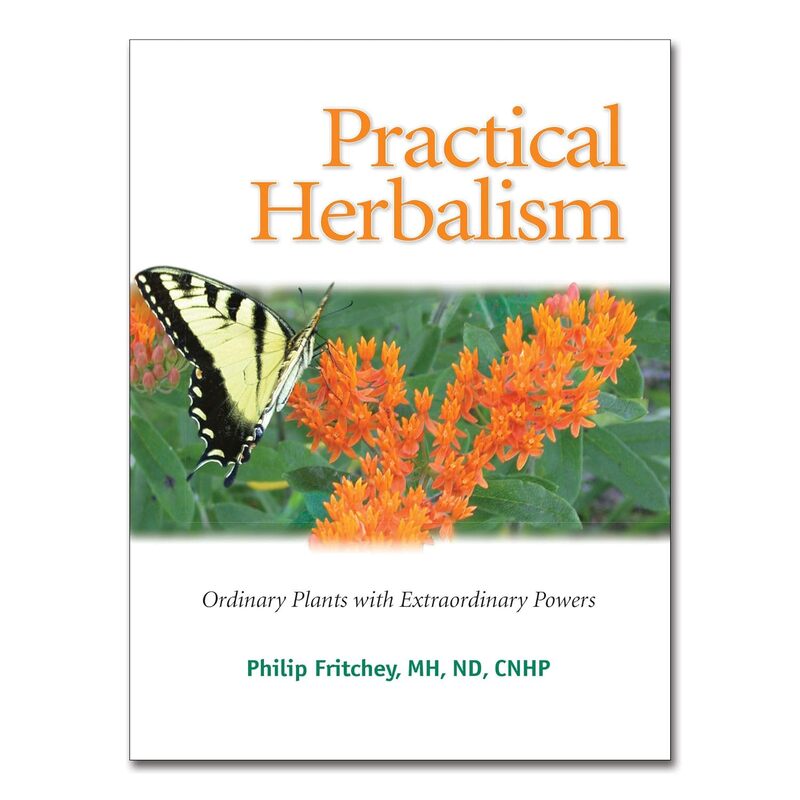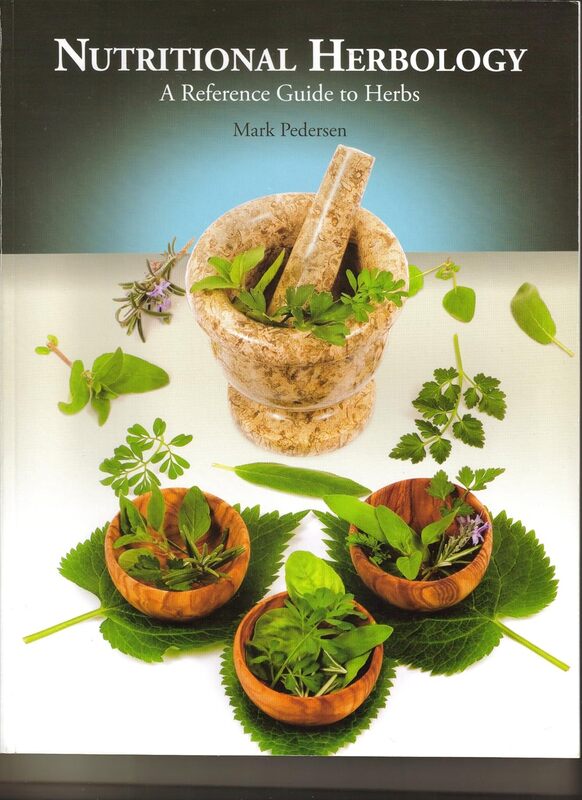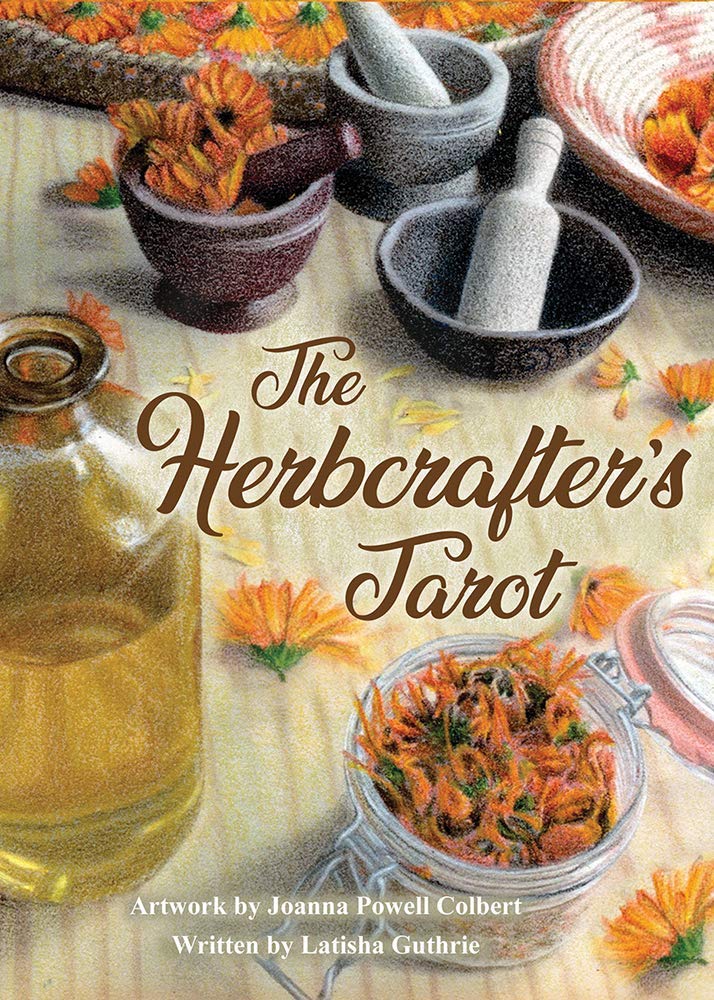Thimbleberry - Rubus Parviflorus
I was introduced to Thimbleberry shortly after I moved to California from Colorado. It seems a more native plant to the Pacific Northwest, although can be found all over the country and the world. It was not a plant I had encountered in the higher elevations of Southwestern Colorado, although the area contains many edible wild berries Thimbleberry is not among them. As with any wild berry, and especially those found deep within nature, and those not popular or even known through the use of cultivation, it is a magical meeting between human and nature; an unknown berry not available in the grocery, yet thriving here in the wilderness for no one to see but birds and me.
The feminine nature of Thimbleberry is an especially important element of its energy signature. Light green, velvety leaves are soft to the touch, while the plant also lacks the characteristic thorns associated with most wild berries and genus of the Rose family. The berries themselves range from white to light pink to bright pink and deep reds and fuchsias. The berries are soft like the leaves, and fall apart easily in hand, while a breeze can coax them from the bush to the ground. The shape is shallow and womb-like, lending further insight into uses of this plant – to nourish, tone, and strengthen the uterus throughout pregnancy and to nurture women throughout their lifecycles.
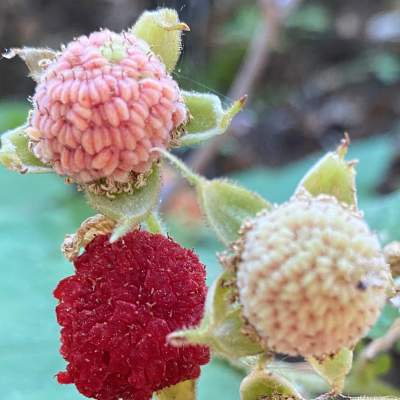 Thimbleberry ripens in waves - this picture shows an unripe berry, an almost ripe berry, and a fully ripe berry.
Thimbleberry ripens in waves - this picture shows an unripe berry, an almost ripe berry, and a fully ripe berry.
Thimbleberry is in the Rosaceae, or Rose family and is in the same genus (Rubus) as raspberry, blackberry, loganberry, boysenberry, dewberry and many others. Rubus fruit are an aggregate fruit composed of small, individual drupes; each individual is termed a drupelet. Essentially they are many little berries grouped together to make one large berry – a coalescence of many tiny fruits that merge to form one entity.
The leaves are sizable, palmate, and velvety soft. They serve a variety of purposes including wrapping food prior to cooking it, as well as providing a lovely wrap for raw food including vegetable and salad wraps. The leaves can also be used in tea fresh or dried as well as being a dependable fresh green for green juices.
The leaves are sizable, palmate, and velvety soft. They serve a variety of purposes including wrapping food prior to cooking it, as well as providing a lovely wrap for raw food including vegetable and salad wraps. The leaves can also be used in tea fresh or dried as well as being a dependable fresh green for green juices.
Native Uses
Like many of the Pacific Northwest berries, Thimbleberry was favored by the Native Americans. The Nuu-chah-nulth were known to collect the young shoots in spring to be eaten raw as a vegetable (similar to asparagus) and the berries were dried and smoked with clams. The Kwakwaka’wakw harvested the berries while they were still pink and hard, then stored them in cedar bags until ripe. The berries were also eaten fresh, mixed with other berries. The broad soft leaves can be used to make a quick pouch for wrapping and holding the berries.
The boiled bark was used as soap. Dried, powdered leaves were applied to wounds and burns to prevent scarring.
Ethnobotany, a database based at the University of Michigan-Dearborn’s website, contains a list of more than a hundred uses of thimbleberry by indigenous people, from medicinal to culinary. Blackfoot “diviners” gave the berries to people with pulmonary disorders. The Cowlitz applied a poultice of dried leaves to burns. The Karuk made an infusion of roots to treat “thinness” (to stimulate the appetite). The Kwakiutl decocted the leaves to treat stomach trouble. The Okanagan-Colville used a root mixture to treat pimples and blackheads; their young people also rubbed the leaves on their faces for the same purpose.
The boiled bark was used as soap. Dried, powdered leaves were applied to wounds and burns to prevent scarring.
Ethnobotany, a database based at the University of Michigan-Dearborn’s website, contains a list of more than a hundred uses of thimbleberry by indigenous people, from medicinal to culinary. Blackfoot “diviners” gave the berries to people with pulmonary disorders. The Cowlitz applied a poultice of dried leaves to burns. The Karuk made an infusion of roots to treat “thinness” (to stimulate the appetite). The Kwakiutl decocted the leaves to treat stomach trouble. The Okanagan-Colville used a root mixture to treat pimples and blackheads; their young people also rubbed the leaves on their faces for the same purpose.
Wildlife
Thimbleberries’ wild home is along rivers, forest edges, roadsides, and disturbed open areas throughout the Western states. The brambles rank at the very top of summer foods for wildlife, especially birds: grouse, pigeons, quail, grosbeaks, jays, robins, thrushes, towhees, waxwings, sparrows, to name just a few. The berries are also popular with raccoons, opossums, skunks, foxes, squirrels, chipmunks and other rodents. The leaves and stems are eaten extensively by deer and rabbits. Bear, beaver and marmots eat fruit, bark and twigs. The flowers are nectar for butterflies, pollinated by bees, and the young leaves are popular with deer.
Benefits
Gently astringent, thimbleberry leaf tea is a female reproductive tonic that tones and strengthens the uterine muscles and improves pelvic circulation. Drink it daily throughout pregnancy to prepare for birth or to support general reproductive health. After birth, take it to reduce inflammation and swelling in the uterus and to stop postpartum bleeding. It also decreases abnormally heavily heavy or prolonged menstrual bleeding an relieves diarrhea. The berries are high in antioxidant flavonoids. Eaten regularly, they promote cardiovascular health and may reduce the risk of cancer. (Scott Kloos, Pacific Northwest Medicinal Plants)
Like its sister the Raspberry, Thimbleberry supports women’s wellbeing through its nutritive and toning actions. Nourishing herbs are considered a healthful food source, and herbs such as raspberry, nettle, dandelion, and chickweed contain critical bioavailable nutrients that are easily absorbed by our bodies. Containing Vitamin A and C; Potassium, Calcium, and Iron – Thimbleberry leaf is no exception and can be taken safely in moderate quantity.
Thimbleberry helps to boost the immune system. The young shoots, roots and leaves have been used to treat many ailments. A tea is made of the leaves or roots as a blood tonic in the treatment of nausea, vomiting, diarrhea and dysentery. Its astringent effects tone and strengthen the stomach helping increase appetite. Both the leaves and the bark have astringent properties.
Thimbleberry helps to boost the immune system. The young shoots, roots and leaves have been used to treat many ailments. A tea is made of the leaves or roots as a blood tonic in the treatment of nausea, vomiting, diarrhea and dysentery. Its astringent effects tone and strengthen the stomach helping increase appetite. Both the leaves and the bark have astringent properties.
Identify
Excerpt from Pacific Northwest Medicinal Plants, by Scott Kloos
“From an extensive network of rhizomes, thorn-less biennial stems with shredding grey bark stand erect, 1 1/2 to 7 feet tall, bearing light green, 2 to 6 inch long, 5 lobed leaves. Hairless or covered in fine glandular hairs, the alternately arranged an irregularly double saw-toothed leaves are slightly wider than long and emit a fruity aroma when rubbed. From late spring to early summer, 3 to 7 white Flowers bloom in long-stemmed, flat-topped clusters at the end of second-year stems. Five glandular and densely hairy sepals with tail-like tips fused together and with the five crinkled, egg-shaped petals cup a yellow center comprising numerous pistols and stamens. Red, deliciously edible, raspberry-like fruits made up of many tiny drupelets in a velvety, thimble-like dome separate intact from the receptacle or floral base. The pair of stipules flare out lance shaped where the reddish leaf stalks meet the stem, and stalked oil glands cover the new growth stems as well as the leaf and flower stalks. The leaf stalks are slightly shorter than the leaves and the Maple Leaf shaped leaves sometimes have three to seven lobes."
“From an extensive network of rhizomes, thorn-less biennial stems with shredding grey bark stand erect, 1 1/2 to 7 feet tall, bearing light green, 2 to 6 inch long, 5 lobed leaves. Hairless or covered in fine glandular hairs, the alternately arranged an irregularly double saw-toothed leaves are slightly wider than long and emit a fruity aroma when rubbed. From late spring to early summer, 3 to 7 white Flowers bloom in long-stemmed, flat-topped clusters at the end of second-year stems. Five glandular and densely hairy sepals with tail-like tips fused together and with the five crinkled, egg-shaped petals cup a yellow center comprising numerous pistols and stamens. Red, deliciously edible, raspberry-like fruits made up of many tiny drupelets in a velvety, thimble-like dome separate intact from the receptacle or floral base. The pair of stipules flare out lance shaped where the reddish leaf stalks meet the stem, and stalked oil glands cover the new growth stems as well as the leaf and flower stalks. The leaf stalks are slightly shorter than the leaves and the Maple Leaf shaped leaves sometimes have three to seven lobes."
Habitat
The thimbleberry is found from Alaska, south to California, in the mountain ranges of New Mexico, east all the way to the Great Lakes and north to the 55˚ N latitude. Thimbleberries can tolerate partial to almost full shade, although the shrubs will grow more lush with more light. They can be found at lower elevations in moist areas at a forest's edge and in forest clearings. It is native to the North American west coast. Thimbleberry also grows in the UK, Denmark, Czech Republic, Finland, Ireland, Latvia, Norway, Sweden, Ukraine and in Australia (Queensland, WA, Victoria and Tasmania).





